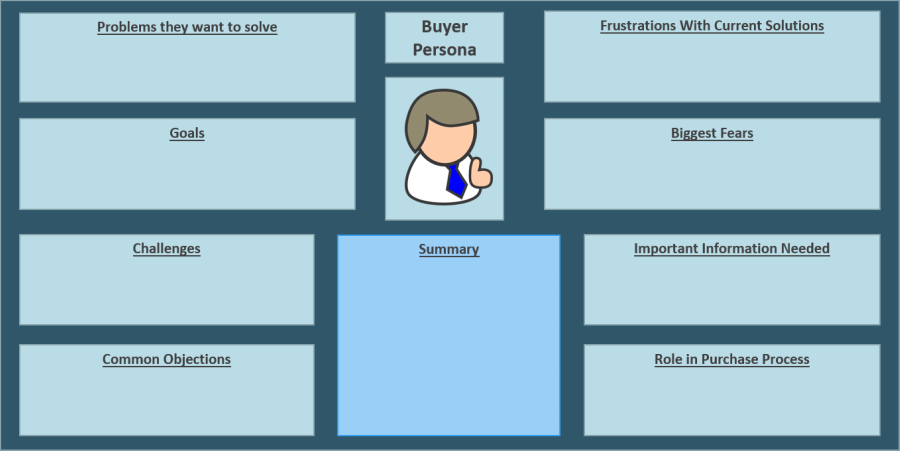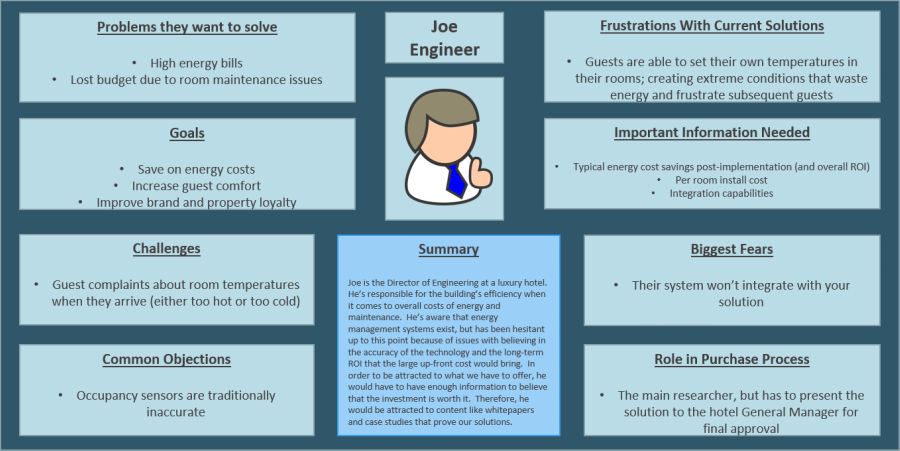B2B Audiences: How To Create & Effectively Use Them For PPC
In B2B, you’re typically not getting a transaction online. You’re developing a relationship that you hope will lead to a transaction offline in the not-too-distant future. Therefore, the best approach with PPC advertising isn’t to offer what you’re ultimately selling, but to offer valuable information that makes what you’re selling attractive to those you reach when it comes time to implement your solution into their business.
Since we’re focused on marketing content and not a product or service, audience research is critical. As Melissa Mackey points out in her post on this subject…
Audience research in content (PPC) marketing is as important as keyword research in search PPC.
Reasons audiences are so important for PPC
Why is it so important? Well, specifically…
- Your audience is likely very targeted, and therefore small. This is because you’re targeting other businesses, not the mass population. The sheer difference in size between these two segments of the population makes it critical to hone in on only the people that would be interested in your offer.
- It’s easy to cast too wide of a net. Since your audience is small, it’s easier for people that you don’t want to include to bleed into your campaigns. This is a common B2B PPC advertising mistake. For example, if a B2B company that provides energy savings products for large buildings advertises on the keyword “energy savings,” they’ll get a lot of traffic, but much of it will be irrelevant because a large portion of the traffic will likely include homeowners, who they don’t sell to (see image below for what phrases their ads might show for). Better defining your audience should keep you from bidding on search terms that are superficially related to your offering, but don’t actually indicate any relevant search intent. Lots of searches typically indicates consumer intent and lots of irrelevant traffic.
- Buying can involve multiple departments and company roles. Research from Google shows that it isn’t just C-level executives giving final approval on B2B purchases anymore. Generating demand works better if you know how these different departments work together and what each person involved in the decision-making cares about.
- It’s easy to send the wrong message to the wrong people. Because you’re dealing with multiple people, you could waste time and money delivering the wrong message to the wrong people if you don’t identify them and craft specific messaging for each.
- B2B markets demand higher CPCs. Therefore, being more precise with your targeting and messaging will make sure your budget is as efficient as can be.
- It’ll be a long time before you have a sense of the ROI you’re getting from your campaigns. Because of the longer sales cycles that accompany more expensive purchases with multiple stakeholders, it could be 3 to 6 months or longer before you see the effect your advertising is having on your business. Therefore, you want to be confident your money is being spent on the right audience from the start.
Defining your audience is like going to a party already knowing who will be interested in what you have to say. This saves a lot of time and effort on your part because you can skip by the people you’ve got little chance of connecting with.
Decide on your firmographics
In the B2C world, demographics like age, gender, location, race, income, etc. are typically the most important characteristics to worry about. But in the B2B world, firmographics tend to be what’s important. These are the characteristics that define companies like industry, location, # of employees, yearly revenue, etc. Each B2B advertiser has a certain mix of firmographics that are most important to focus on to reach their audience. Layering these together will make sure you only target the right people at the right kind of companies.
Sketch out your buyer personas
Once you’ve honed in on the types of companies you’ll be targeting, you’ll want to take it a step further and develop (or use the ones you already have) personas of your different types of customers. Even though you’re a company targeting other companies, these are still real people making the decisions to purchase from you or not.
Personas are composite sketches of key segments of your audience. Developing profiles for each type of person involved in the buying process will allow you to engage them with your advertising in more effective ways.
There’s all sorts of information you might want to include in your buyer persona profiles. What’s in the image above is just the basics. Here are a few other characteristics to consider…
- Where they buy other products and services. This allows you to actively place content at these locations.
- What Facebook Pages they like (competitors?)
- What industry events they attend
- Online groups they’re a part of
- Keywords they would search for. Specifically, what phrases could only be your audience searching? Keyword research is audience research in another form. Search platforms like Google and Bing will show your ad to as many searchers as you let them with your keyword targeting. So, you have to be careful with the net you allow them to cast.
- What content formats they prefer (blog posts, whitepapers, videos, etc.)
- Where they like to go to find information
- How they currently solve the problem you’re trying to address
Combining the firmographics you’ve laid out with your newly created personas, you should be able to effectively map out where you’re going to target your audience, what you’re going to say and what your offer will be to entice them into your buying funnel.
Basic tips for audience research
- Ask the customers. Use surveys and other methods to find out why current customers chose your company and what the most important things were to them during sales and post-sales processes. There are simple online tools like SurveyMonkey and Google Forms that can help you do this.
- Ask those who talk to the customers. Don’t overcomplicate things. Ask your client or sales team (if you’re in-house) to relay all the information they can to you.
- Use what you already have. Reviewing your top accounts should help immensely with narrowing down the firmographics of the companies you want to target.
- Listen to online conversation. You can listen to social media/forums/etc. to gain an understanding of common questions and concerns. Hopefully your company isn’t just listening, but also involved in the conversation.
Apply what you know to platform targeting options
While I won’t list out all of the targeting options the various PPC platforms provide here, one or another of them will allow you to target your audience by all of these different targeting methods. Not only that, but you can layer them on top of each other to get as granular as you want to. Traditionally up to this point, LinkedIn has been the strongest with targeting by firmographics, Facebook by demographics and AdWords/BingAds by intent (keywords). But as time goes on, all of the platforms continue to add and refine how they allow you to target your audience.
Using the information you’ve laid out above will be your guide to which platforms should be the first to test for each of them.
Match your content and messaging with your audiences
Once you’ve segmented your targeting in the PPC platforms, you can match up your content and messaging to appropriately convey to each specific stakeholder that you have the solution they need to the specific problem each of them wants to solve. By doing this, you avoid the huge mistake of creating content and then paying to promote it with PPC without first knowing whether your audience will love and appreciate it. You can also test different content, messages, calls to action, etc. to find out what resonates the best with each specific audience.
Here’s a buyer persona I’ve created for my energy savings company:
From what I know about this target audience, I can easily decide to use LinkedIn to target by job title and industry, while serving ad copy that focuses specifically on what will attract them to download my content; which by the way, I’ve established they tend to need as a first step to being interested or getting excited about my solutions.
By focusing strictly on your target audience and appealing to them with the right content and messaging, you can get great results from your B2B PPC marketing efforts.




